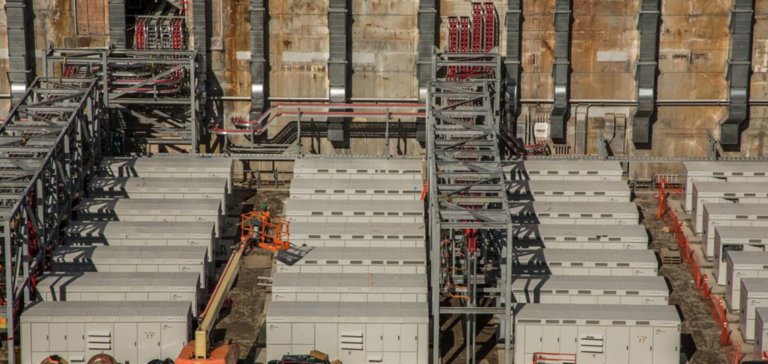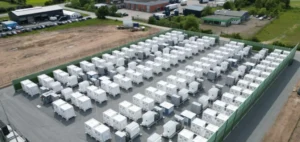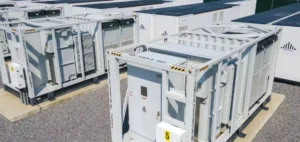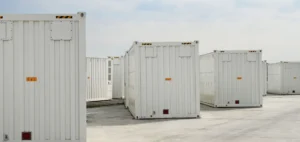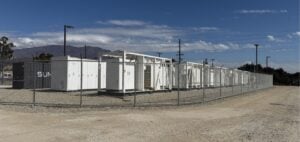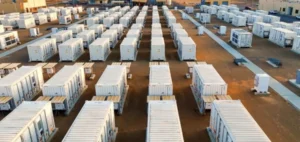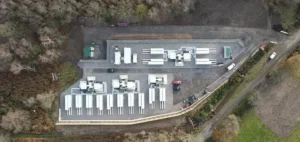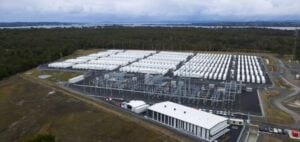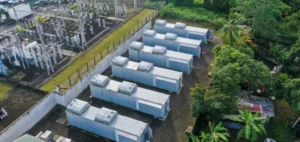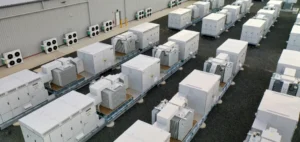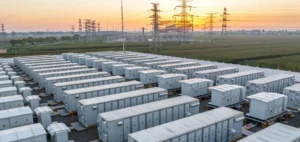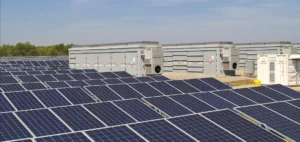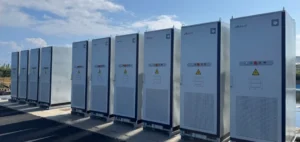The year 2023 saw a significant increase in battery storage capacity in the USA, reaching 14.689GW at the end of the third quarter, despite only half of the planned installations being commissioned.
Falling Lithium Prices and Market Implications
In the third quarter (Q3), 1,909GW of capacity was added, representing an increase of 16% on the second quarter. These data, compiled by S&P Global Commodity Insights from various government repositories, include facilities that have commenced commercial operation or are synchronized to the grid. The California Independent System Operator dominates the US market with 6,966GW, or 47.4% of total capacity. This regional dominance underlines California’s leadership in the energy storage sector.
Major Projects and Capacity Additions in Q3
At the same time, prices for lithium, an essential metal in battery manufacture, continued to fall in Q3, remaining below their historical peaks of 2022. Prices for lithium carbonate and lithium hydroxide have fallen by 70% and 72% respectively since the start of the year, reaching their lowest levels since October 2021.
Dominance of NextEra Energy Resources in the Sector
After a quieter second quarter, the Electric Reliability Council added the most capacity in Q3, with 763.4MW, closely followed by CAISO with a similar volume. The Western Electricity Coordinating Council added 531MW, representing 27.8% of Q3 additions.
Expanding the Pipeline of Battery Storage Projects
Major projects finalized during the period included several major installations in California, Texas and Arizona, with NextEra Energy Resources’ Desert Peak Energy Storage project in California standing out as the third largest battery storage facility in operation in the USA.
NextEra Energy Resources continues to dominate the US market with 2.814GW of operating capacity after adding 980MW in Q3. Vistra Energy and Axium Infrastructure follow, with capacities of 1.023GW and 733MW respectively.
The rapid development of battery storage capacity in the USA underlines both the potential and the challenges of this essential technology. As the market continues to grow, questions of cost, viability and grid integration remain paramount to the future of energy storage.


